[SUPER RICH] Superrich who spent money for independence and the people
By Korea HeraldPublished : Sept. 8, 2015 - 18:04
There is a zeitgeist in every time period. In Korea, the zeitgeist during the Japanese occupation was independence, and after independence it was to live well and reunite the two Koreas.
Koreans typically hold in high regard those who have dedicated themselves to one of these causes. They realize that although such ideals are easily relatable, it is more difficult to perfectly ascribe to them.
Several of the superrich have also devoted their lives to these causes, donating their riches to realize these values. The Korea Herald Superrich Team looks into the superrich who have elevated their riches by using it for a greater cause.
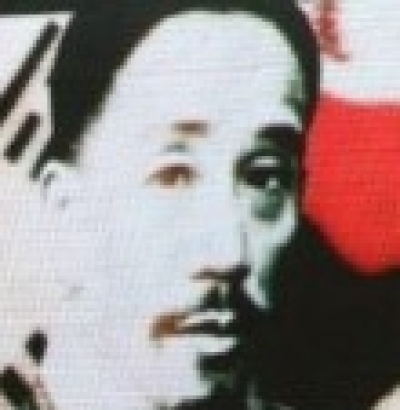
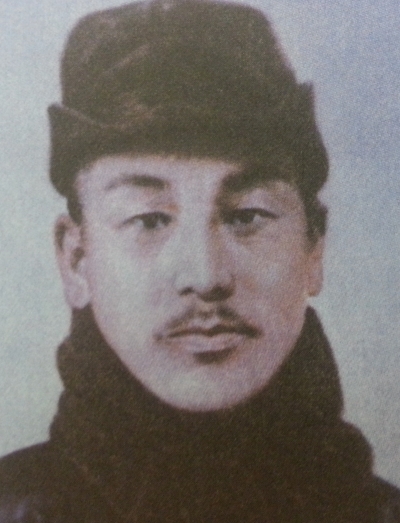
Lee Yu-seung, who served as minister of interior during King Gojong’s reign, left for Manchuria in 1910 with his six sons in order to help the independence movement.
The Lee family donated all the family riches in the process. The second son, Lee Seok-yeong (1855-1934) in particular had been adopted to a noble family and inherited immense wealth. According to the Bank of Korea, his assets would have been worth between 2.8 billion won ($2.3 million) and 9.1 billion won today, which would have been enough to pay off more than half of the Korean Empire’s budget deficit in 1907.
According to Lee’s descendants, however, their assets may have been worth more, as they had disposed of around 8.8 million square meters of land upon leaving for Manchuria -- located in parts of Seoul, Namyangju, Yangpyeong and Paju and worth at least 1 trillion won today.
Additionally, they said the Japanese general government of Korea had seized 26,446 square meters of his land that he could not dispose of -- trying to keep their whereabouts a secret -- and estimate Lee’s actual assets to have been worth around 6 to 7 trillion won at current rates.
The Lee family used up all their riches to fund the independence movement. Seok-yeong donated foundation funds for the Shinheung Military Academy in 1911, which produced around 3,500 independence military officers. Many from the Shinheung Military Academy played a major role during the Battle of Qingshanli in 1920.
They also set up Gyonghaksa, a self-governing academy focused on academics and the anti-Japanese movement, and took care of its finances.
The fourth son, Lee Hoe-yeong (1867-1932), established resistance organization “Uiyeoldan” in 1919 and helped lead another organization, “Damuldan,” formed in Beijing.
By the 1920s, the Lee family was no longer rich, having gone through the fortune in the name of the independence movement. Hoe-yeong’s son later recalled: “We considered it lucky if we were able to eat rice more than three times a week.”
The sons, suffering from economic hardships and hiding from the Japanese police, died before Korea’s independence with the exception of fifth son Lee Si-yeong (1869-1953), who became vice president of South Korea.
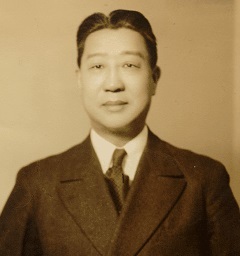
New Il-han (1895-1971), the founder of Yuhan Corporation, spent 20 years in the United States and raised $2 million (worth 32 billion won today) over six years by founding La Choy Foods. He then returned to Japan-occupied Korea in the spring of 1927.
According to his biography, it appears that New gained his aspirations to help the country upon his return. He had earlier established Yuhan Corporation in December 1926 in Seoul, telling his father in Manchuria that “A national business would help people gain economic independence and hasten national independence.”
Yuhan Corporation was the only Korean business that produced and sold medicine for the people. The company first promoted medicine for malaria and anthelmintics. The products spread across Korea and even to Manchuria. Yuhan soon established a philosophy that they would give back to the people with their quality products. Under the principle, he formally incorporated Yuhan as a limited liability company in 1936.
Yuhan Corporation kept growing even after independence and the Korean War. The company’s total capital in 1959 rose to 150 million hwan, the equivalent of about 3.9 billion won today, with the company going public three years later.
New also displayed noblesse oblige in the education business. He expressed great interest in education, marking his occupation as “educator” when traveling.
He donated 30 percent of his personal shares in setting up Koryo Engineering Technical High School in 1953, and donated 15,000 shares and 16,500 square meters of land to set up Yuhan Technical High School in 1965.
New had donated a total of 40 percent of his Yuhan Corporation shares to various public foundations by the time of his death in March 1971, worth about 2.2 trillion won in 2014, according to company officials.
Upon his death, New willed all of his remaining shares to the Korean Society and Education Trust Fund he had set up. The donated funds became what is now Yuhan Foundation, which provides scholarships, technology development, social welfare programs and disaster relief, as well as other social benefits.
In his will, New also instructed his son to support himself, as he had graduated from university, and upon his death only left behind some daily necessities, two pairs of shoes and three suits.
By The Korea Herald Superrich Team (sangyj@heraldcorp.com)
Hong Seung-wan, Cheon Ye-seon, Bae Ji-sook, Yoon Hyun-jong, Min Sang-seek, Kim Hyun-il, Sang Youn-joo
-
Articles by Korea Herald





![[Grace Kao] Hybe vs. Ador: Inspiration, imitation and plagiarism](http://res.heraldm.com/phpwas/restmb_idxmake.php?idx=644&simg=/content/image/2024/04/28/20240428050220_0.jpg&u=)
![[Herald Interview] Mom’s Touch seeks to replicate success in Japan](http://res.heraldm.com/phpwas/restmb_idxmake.php?idx=644&simg=/content/image/2024/04/29/20240429050568_0.jpg&u=)

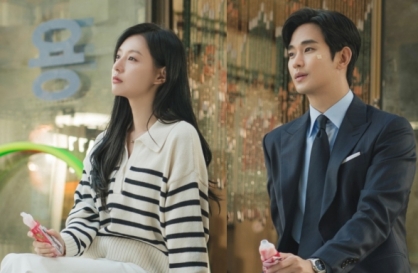
![[News Focus] Lee tells Yoon that he has governed without political dialogue](http://res.heraldm.com/phpwas/restmb_idxmake.php?idx=644&simg=/content/image/2024/04/29/20240429050696_0.jpg&u=20240429210658)
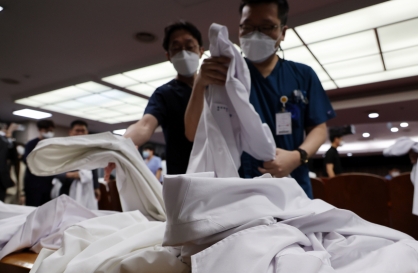




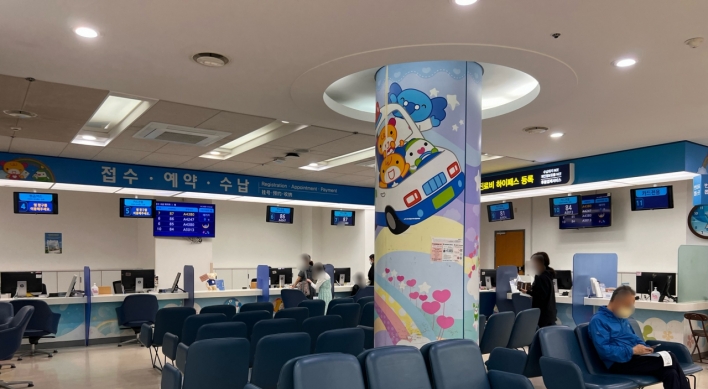
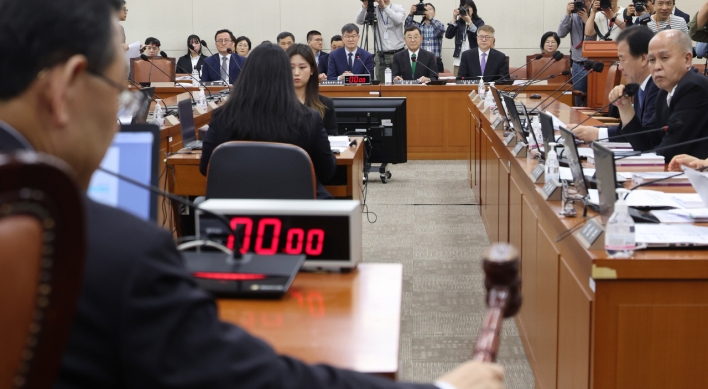

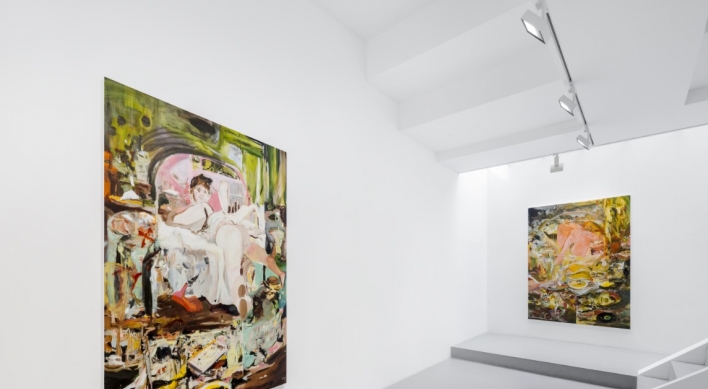
![[Today’s K-pop] Seventeen sets sales record with best-of album](http://res.heraldm.com/phpwas/restmb_idxmake.php?idx=642&simg=/content/image/2024/04/30/20240430050818_0.jpg&u=)